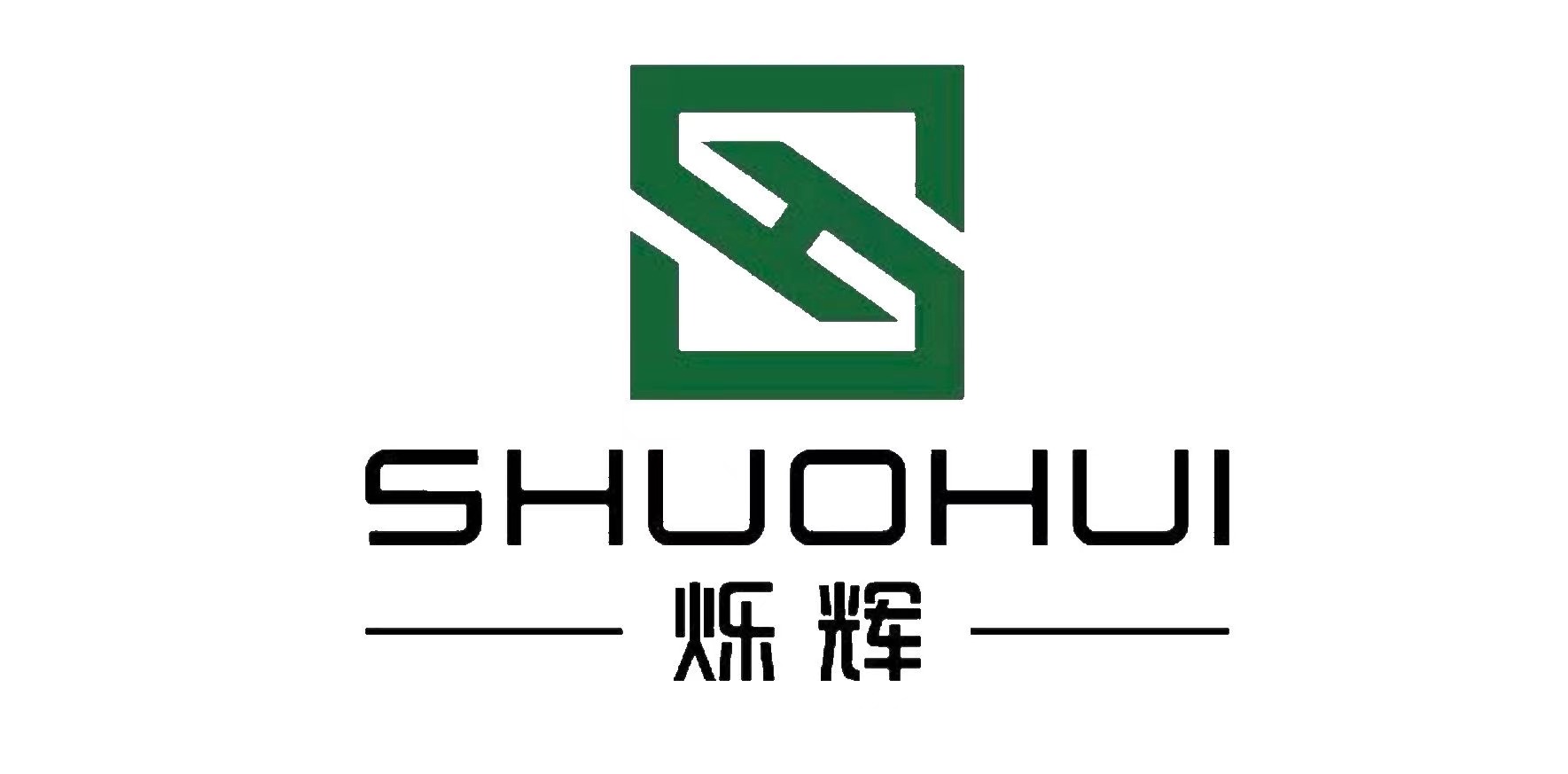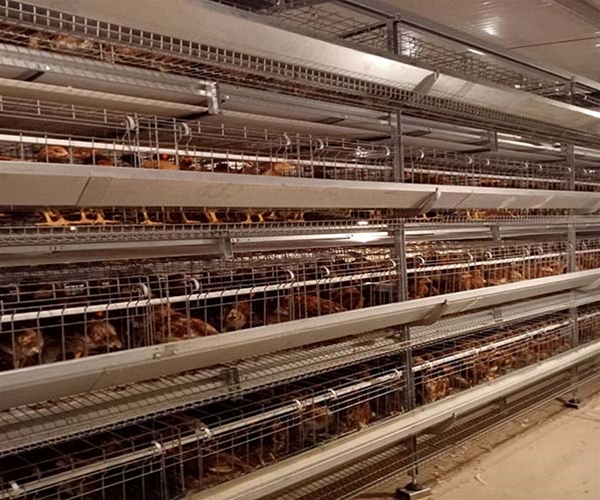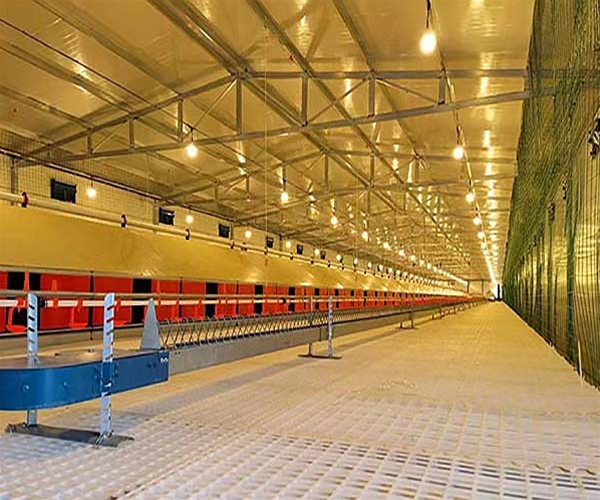Modern poultry farming relies heavily on innovative technologies to achieve efficiency and scalability.
Among these innovations, chicken hen cages stand out as a game-changer for large-scale chicken farming.
This article explores how a farmer used advanced chicken hen cages to grow his farm from 3,000 to 100,000 chickens, achieving remarkable efficiency, productivity, and profitability.
Starting Small: The Challenges of Traditional Poultry Farming
When Mr. Chen began his journey in poultry farming, he faced numerous challenges.
Operating a farm with just 3,000 chickens, he struggled with:
- Labor-Intensive Operations: Manual feeding, watering, and egg collection required significant time and manpower.
- Feed Waste and High Costs: Inefficient feeding methods led to unnecessary expenses.
- Health Issues: Poor waste management and ventilation resulted in frequent disease outbreaks.
These limitations made it nearly impossible for Mr. Chen to expand his farm or improve profitability.
Embracing Chicken Hen Cages: The First Step Towards Growth
Determined to overcome these challenges, Mr. Chen invested in fully automated chicken hen cage systems.
These systems revolutionized his operations in several ways:
1. Automation for Labor Efficiency
- Feeding Systems: Chicken hen cages come equipped with automated feeding mechanisms, ensuring precise feed distribution.
- Watering Systems: Automated drinkers provided constant access to clean water, improving the health of the flock.
- Egg Collection Devices: Eggs rolled gently onto collection trays, reducing breakage and saving labor time.
2. Space Optimization
The vertical, layered design of chicken hen cages allowed Mr. Chen to increase the number of chickens housed per square meter.
This made it possible to expand his farm within the same physical space.
3. Improved Hygiene and Disease Control
- Manure Removal Systems: Automatic waste removal kept the environment clean, reducing ammonia levels and preventing diseases.
- Ventilation Systems: Optimal airflow within the cages maintained healthy living conditions.
Chicken Hen Cages: From 3,000 to 100,000 Chickens
Over five years, Mr. Chen gradually expanded his operations, reaching an impressive 100,000 chickens.
Here’s how chicken hen cages played a pivotal role in this growth:
1. Boosting Productivity
- The structured environment ensured that each chicken had access to sufficient feed and water, optimizing egg-laying rates.
- Egg production rates increased to 95%, and the mortality rate dropped to less than 2%.
2. Reducing Labor Costs
With automation, one worker could manage up to 10,000 chickens, compared to only a few hundred before.
This allowed Mr. Chen to save on labor costs while managing a much larger flock.
3. Enhancing Profitability
The efficient systems minimized feed waste, reduced disease-related losses, and ensured consistent egg quality.
These improvements directly contributed to higher profits.
Marketing the Eggs: Turning Production into Profit
Producing large quantities of eggs is only half the battle; selling them effectively is equally important.
Mr. Chen implemented the following strategies to market his eggs:
1. Branding
He branded his eggs as “organic and fresh,” emphasizing their high quality to attract health-conscious consumers.
2. Multiple Sales Channels
Eggs were distributed through supermarkets, local markets, and online platforms, ensuring broad market reach.
3. Value-Added Packaging
Premium packaging highlighted the eggs’ freshness and quality, allowing him to charge higher prices.
Sustainability and Environmental Benefits
In addition to improving efficiency and profitability, chicken hen cages helped make Mr. Chen’s farm more sustainable:
- Manure Recycling: Waste collected from the cages was processed into organic fertilizer, which was sold to local farmers.
- Energy Efficiency: Automated systems reduced the need for manual labor and cut energy consumption.
- Environmental Impact: Cleaner farming practices minimized pollution and contributed to a healthier local environment.
Achievements and Industry Recognition
Mr. Chen’s farm is now a model of success in the poultry industry.
Key achievements include:
- Producing over 95,000 eggs daily, totaling more than 3,000 tons annually.
- Generating annual revenue of $1.2 million, with a net profit of $300,000.
- Receiving recognition as a leader in sustainable and efficient poultry farming.
Conclusion
The case of Mr. Chen’s farm demonstrates the transformative power of chicken hen cages in modern poultry farming.
From increasing efficiency to improving profitability, these systems have enabled him to achieve unprecedented success.
If you’re looking to grow your poultry farm, investing in chicken hen cages could be your first step toward large-scale success.


